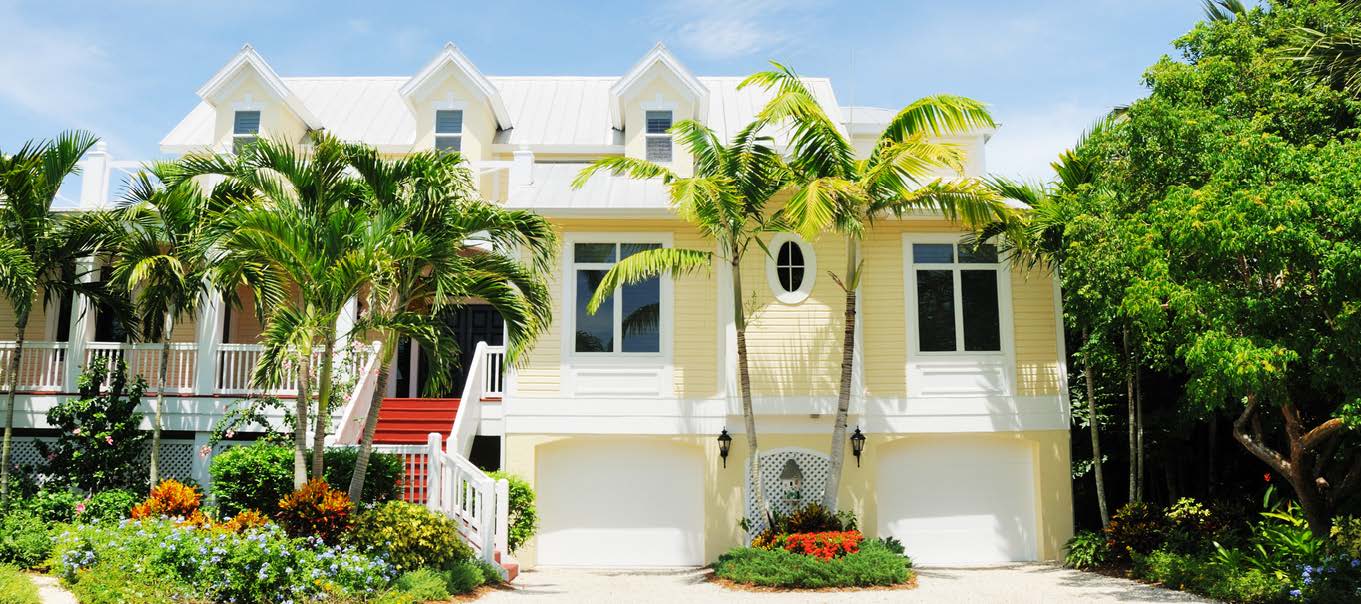Introduction
Owning a vacation or second home can offer a personal retreat and the potential for rental income, but it also brings important tax considerations. The IRS distinguishes between personal use and rental use when determining how such properties are taxed. Whether you rent the home occasionally, use it primarily for yourself, or do a mix of both, the amount of time spent in each activity directly impacts how expenses, income, and deductions are handled on your federal income tax return. Understanding these distinctions can help you make more informed decisions and avoid costly tax mistakes.
What are vacation home tax considerations?
First of all, the IRS differentiates between vacation homes and second homes. The tax treatment of your additional residence will depend largely on how much time you (or a family member) use the property for personal purposes relative to the amount of time you rent it to others. Whether you own a vacation home or second home, you should understand what types of home-related expenses you can deduct on your federal income tax return and the extent to which they may be deducted. You should also know how to treat rental income.
Definition: “personal use” of home
For tax purposes, you must count as “personal use” any day your home is used by:
- You or any other person having an ownership interest in the property
- A member of your family or a family member of any other person having an ownership interest in the property (unless the family member uses the home as his/her primary residence and pays a fair rental value for the use of the home)
- Anyone who, in return for use of your vacation home, allows you to use another home or dwelling unit
- Anyone who pays less than fair market rent for the use of the home
Definition: “family member”
Regarding personal use of your home, a member of your family is defined as a brother or sister, half-brother or half-sister, spouse, ancestor (e.g., parent or grandparent), or your “lineal descendant” (e.g., child or grandchild).
Vacation home tax treatment
A vacation home may be defined as a second residence with a combination of personal and rental use, where the home is rented 15 days or more per year and your personal use exceeds the greater of 14 days per year or 10 percent of the days rented.
- Deductions — You’ll be allowed to deduct any casualty losses attributable to a federally declared disaster and property taxes you paid (subject to limits), as well as qualified residence interest (but only on one vacation home). Mortgage interest will only qualify as “qualified residence interest” if it is incurred with respect to your principal residence and one other residence. Thus, you will not be able to deduct the mortgage interest on more than one secondary residence or vacation home. There are also limits on the amount of indebtedness that may be taken into account in determining the amount of qualified residence interest that is deductible each year. For more information, see the home mortgage interest deduction rules.
- Rental income — All rental income is reportable.
- Expenses — Expenses must be allocated or prorated between personal use and rental use of the property. Essentially, deductions (other than qualified residence interest, property taxes, and casualty losses) are limited to the amount of income generated by the property. These expenses include insurance, repairs, utilities, and depreciation (in that order); you are required to subtract these expenses from the rental income in a specified order.
Allocation of expenses: specifics
Limited expenses must be allocated in the following order:
- First, expenses that are allowable regardless of the rental activity, such as qualified mortgage interest, property taxes, and casualty losses
- Second, rental expenses that do not affect the basis of the property, such as utilities, management fees, maintenance fees, Realtor ® commissions, and advertising fees
- Third, expenses that will affect the basis of the property, such as depreciation
When applying these rules, the expenses in the second and third categories cannot produce a taxable loss. Rather, these deductions can be claimed only to the extent of rental income. However, any expenses limited under this rule may be carried forward and taken into account as a vacation home deduction for the following year.
Proration of expenses
Vacation homes are subject to a proration of expenses. The prorated amounts attributable to the rental activity are based on the number of days during the year that the home was rented. The rental portion equals the number of days the home is rented, divided by the total number of days during the tax year that the home was used for both rental and personal purposes.
Second home tax treatment
A second home is a personal residence that you rent to others for fewer than 15 days per year. The tax treatment is as follows:
- Deductions: You’ll be allowed to deduct any qualified residence interest and property taxes you paid on the home during the year (subject to the normal limitations on mortgage interest deductions for primary and second homes and the deduction limits for state and local taxes). You can also deduct casualty losses attributable to a federally declared disaster.
- Rental income: Rental income you receive is not subject to taxation.
- Expenses: Expenses related to the rental of the property are not deductible.
Conclusion
The tax treatment of a vacation or second home is heavily influenced by how often the property is used personally versus rented out. From limitations on deductible expenses to the treatment of rental income and capital gains, it’s essential to apply the correct IRS rules based on your usage pattern. Keeping detailed records and consulting a qualified tax professional can help ensure you’re maximizing allowable deductions and complying with federal tax laws. With careful planning, your vacation home can provide both personal enjoyment and financial benefit.
Scarlet Oak Financial Services can be reached at 800.871.1219 or contact us here. Click here to sign up for our newsletter with the latest economic news.
Source:
Broadridge Investor Communication Solutions, Inc. prepared this material for use by Scarlet Oak Financial Services.
Broadridge Investor Communication Solutions, Inc. does not provide investment, tax, legal, or retirement advice or recommendations. The information presented here is not specific to any individual’s personal circumstances. To the extent that this material concerns tax matters, it is not intended or written to be used, and cannot be used, by a taxpayer for the purpose of avoiding penalties that may be imposed by law. Each taxpayer should seek independent advice from a tax professional based on individual circumstances. Scarlet Oak Financial Services provide these materials for general information and educational purposes based upon publicly available information from sources believed to be reliable — we cannot assure the accuracy or completeness of these materials. The information in these materials may change at any time and without notice.



